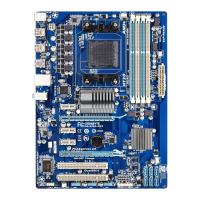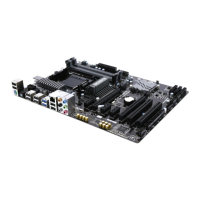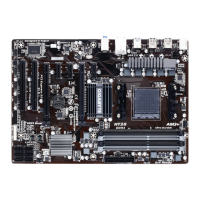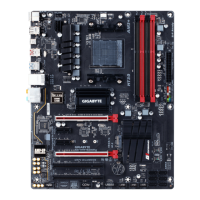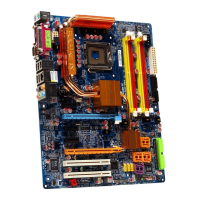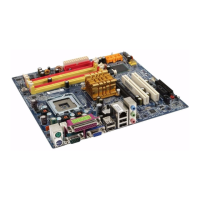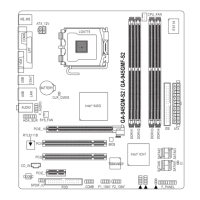Do you have a question about the Gigabyte GA-970A-UD3 and is the answer not in the manual?
| Memory voltage | 1.5 V |
|---|---|
| Number of memory slots | 4 |
| Maximum internal memory | 32 GB |
| Supported memory clock speeds | 1066, 1333, 1600, 1866 MHz |
| Processor socket | Socket AM3 |
| Processor manufacturer | AMD |
| Compatible processor series | AMD Phenom II X2, AMD Phenom II X4, AMD Phenom II X6 |
| USB 2.0 connectors | 3 |
| Power fan connector | Yes |
| Number of SATA III connectors | 6 |
| Number of Parallel ATA connectors | 0 |
| USB 2.0 ports quantity | 8 |
| USB 3.2 Gen 1 (3.1 Gen 1) Type-A ports quantity | 2 |
| Audio chip | Realtek ALC889 |
| Component for | PC |
| Motherboard chipset | AMD 970 |
| Audio output channels | 7.1 channels |
| Motherboard form factor | ATX |
| Motherboard southbridge | AMD SB950 |
| Compatible operating systems | Windows XP, Vista, 7 |
| On-board graphics card | No |
| Parallel processing technology support | Not supported |
| RAID levels | 0, 1, 5, 10, JBOD |
| Bundled software | Norton Internet Security |
| LAN controller | Realtek RTL8111E |
| Networking features | Gigabit Ethernet |
| BIOS type | AWARD |
| ACPI version | 1.0b |
| BIOS memory size | 64 Mbit |
| Depth | 244 mm |
|---|---|
| Width | 305 mm |


